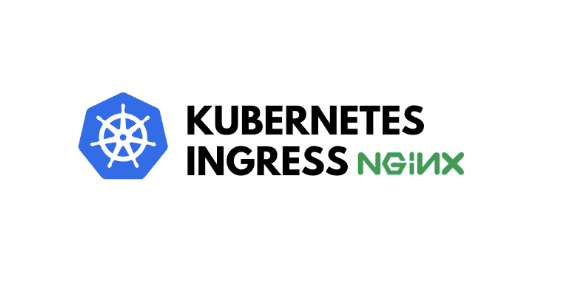In this article, we'll guide you through the step-by-step process of setting up and configuring you application to expose it to the internet using NGINX Controller
You can find source code in our Github repo
Prerequisites:
- Kubernetes Cluster: You'll need a running Kubernetes cluster. If you don't have one, follow our guide on creating an EKS cluster using Terraform to set up a Kubernetes cluster on AWS Elastic Kubernetes Service (EKS)
- Kubectl: Ensure that you have kubectl installed on your local machine to interact with your Kubernetes cluster. You can install it following the instructions in the official Kubernetes documentation.
- NGINX Ingress Controller installed: please check our article here for detailed guide
Deploying test application for our ingress
In order to test our Ingress we would need to deploy test application so it can respond to our requests. To do so we would create test-app.yaml file :
apiVersion: apps/v1
kind: Deployment
metadata:
name: httpbin
spec:
replicas: 1
selector:
matchLabels:
app: httpbin
version: v1
template:
metadata:
labels:
app: httpbin
version: v1
spec:
containers:
- image: docker.io/kong/httpbin
imagePullPolicy: IfNotPresent
name: httpbin
ports:
- containerPort: 80
---
apiVersion: v1
kind: Service
metadata:
name: httpbin
labels:
app: httpbin
service: httpbin
spec:
ports:
- name: http
port: 8000
targetPort: 80
selector:
app: httpbinRun the folliwong command:
kubectl apply -f <PATH_TO_YOUR_FILE>Create Ingress
Since we alredy have our Service and Deployment we need to expose it. For that we would use Ingress:
apiVersion: networking.k8s.io/v1
kind: Ingress
metadata:
name: httpbin
namespace: default
spec:
ingressClassName: nginx
rules:
- host: a37dedfa9d2e543b681d79cefd9bd01b-1181636763.us-east-1.elb.amazonaws.com
http:
paths:
- path: /
pathType: Prefix
backend:
service:
name: httpbin
port:
number: 8000Please note that
- host:field value should be your host name or DNS Name. Sometimes you would not have domain name configured yet. Your DNS name should be pointing to your load balancer(You can use Route 53 to create alias record). For this tutorial we used simplified example, using ELB/loadbalancer DNS Name for testing
Testing the Ingress
Copy EXTERNAL-IP Address to your clipboard and open it in a browser. You should see Connection is not secure message, since we didn't configure TLS Certificate yet. Just click to proceed anyway. Now you would see httpbin.org page, a service that we defined in our Deployment
Also you can use curl for testing the Ingress
curl -k <EXTERNAL-IP_Address>or
curl --insecure <EXTERNAL-IP_Address>You can find source code in our Github repo
